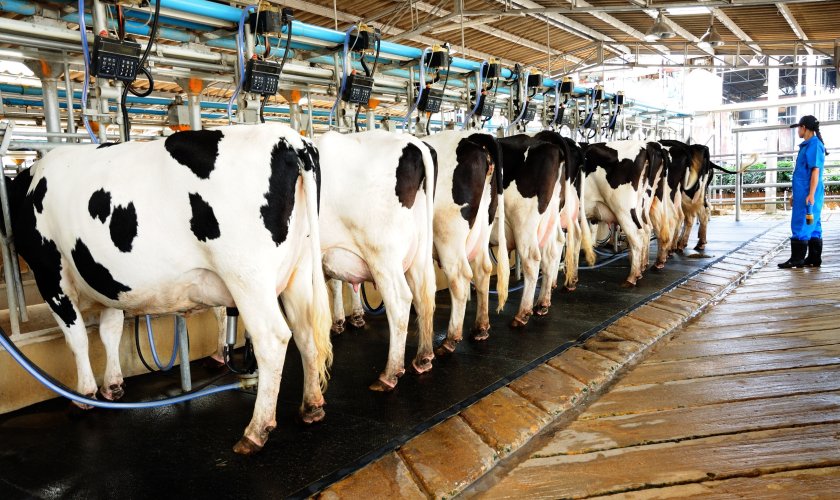
A steady increase in dairy prices could offer support for farmers in the latter part of this year, according to the latest Rabobank update.
Signs of inflation easing is giving optimism to consumer demand further ahead, the multinational banking group's report says.
However, it notes that EU and UK milk production was down by nearly 1.7% year-on-year having faced ongoing weather constraints.
Rabobank is predicting lower year-on-year output for the first half of 2024, before being a little more positive in the back half of the year.
Looking ahead, Rabobank says it expects global prices to improve at farm gate to some extent, while feed costs ease.
Assuming UK farmers see these improvements in profitability, domestic milk production could be gently encouraged.
However, the report highlights that prices have not followed typical weak supply trends as low global dairy demand levels are sufficiently met by available supplies.
Rabobank goes on to warn that ongoing geopolitical issues are discouraging buyers and continuing to pose shipping risks.
At consumer level, recent easing in inflation levels in some countries is likely to offer some momentum to demand.
However, the report highlights that the current low level of dairy inventory means that any supply chain events could increase the likelihood of dairy commodity price rises.
Chinese demand saw recent growth in line with Chinese New Year, but in comparison to a lower level of imports in 2023.
This considered, Rabobank says the Chinese market remains a key watchpoint for global export prospects.
Although impressive, Chinese milk production growth struggles to keep up with demand, with the report explaining that this imbalance is set to continue, predicting a 1.1% year-on-year increase in Chinese import volumes.
Locally, as the long-awaited spring flush nears, the translation of increased commodity prices to the producer may also be delayed.
Rabobank predicts that weakness will follow into Q2 for most regions, but a more positive Q4 is forecasted, as improvements are set to materialise at farm gate.
Much will depend on the extent of this year’s spring flush. With weather conditions poor right from Autumn 2023 until now, and looking poor into May, industry expectations are for the flush this year to be a non-event.
Ongoing pressure on UK milk supplies, particularly with Irish supplies tanking, could offer further impetus to support prices.
